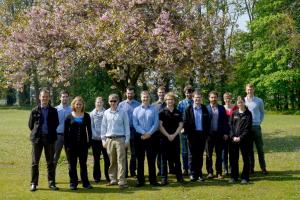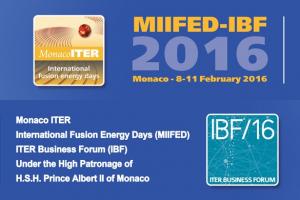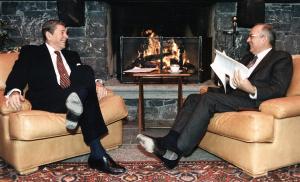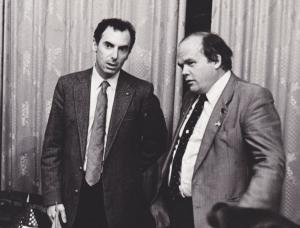What’s New
16 November 2015
ITER news digest for the period of 9 November 2015 to 16 November 2015.

FuseNet PhD event: off to an enthusiastic start

MIIFED - IBF 2016: registration has started!

The chancellor, the terrorists and the tokamak




